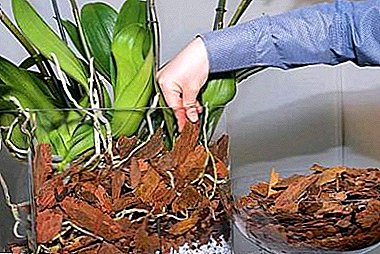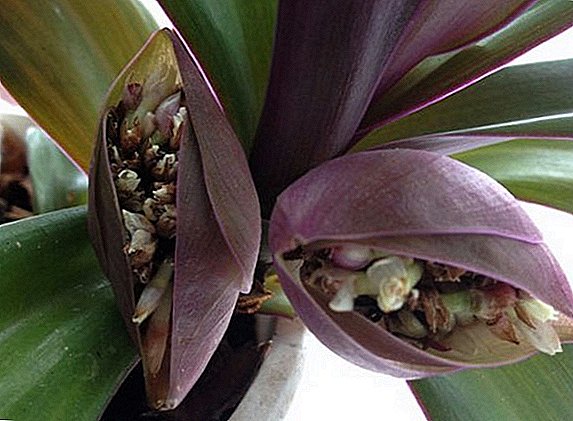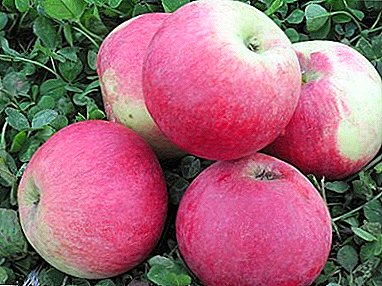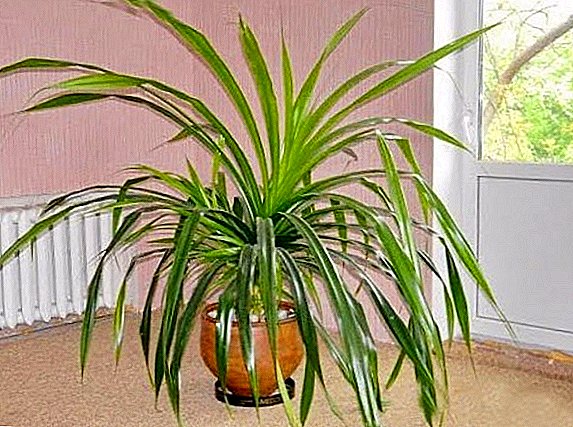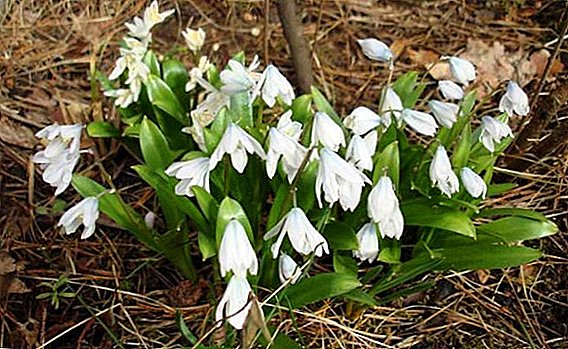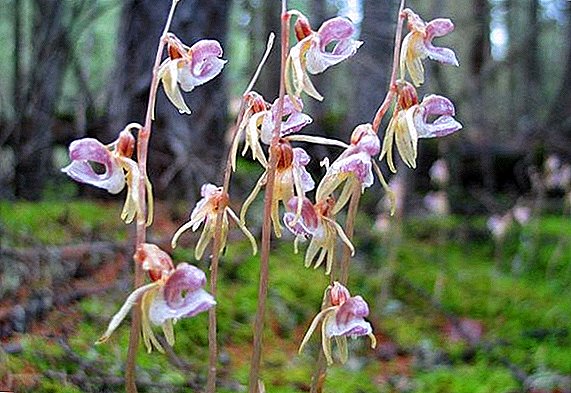
In our latitudes, sometimes strange plants are found. To these, of course, can be counted and leafless cerebro. This flower, a member of the vast ancient Orchid family, is distinguished by a rather unusual lifestyle and exotic appearance.
Description and photo
Leafless chord (Epipógium aphýllum) is a member of the genus Nadzorodnik (Epipogium), belonging to the Orchid family, also known as Orchid, or Orchid (Orchidáceae).
Familiarize yourself with the basics of caring for other representatives of orchids: ludysia, bliltila, vanda, hellfire, cattley, cambric hybrid.This is a perennial herbaceous plant-saprophyte, that is, chlorophyll-free - in the photo you can see that the green color of the cordum is completely absent.
Did you know? Part of the flower of the plant, called the lip, is directed upwards. Previously, this part of the botanists was called a beard, hence the name "chord".
The absence of chlorophyll has determined the lifestyle of the chin - this plant uses not photosynthesis to obtain nutrients, but fungi, on which it parasitizes. Mushroom mycelium grows in the rhizomes of the flower. This type of relationship in botany is called mycoterotrophy. 
The height of the leaf-free chin reaches 30 cm. Its stem is hollow, fragile, slightly swollen, light yellow, decorated with red or pink stripes. Contrary to the name, the leaves of the plant are still there, but they look like inconspicuous webbed scales.
Important! The bloom of the chin is observed in July-August, and it does not happen every year. It happens that the plant does not reveal itself for years, but from time to time, probably with a combination of favorable factors, one can see the mass flowering of this orchid. Before flowering, the plant has an underground lifestyle.
Flowers drooping, clustered in racemes, have a weak aroma of banana. They are distinguished by yellow coloring, decorated with pale purple, purple or pink spots. On the stem is usually formed from 2 to 4 flowers. Rhizome branchy, coral. 
Reproduces the bristle mainly vegetative way, with the help of rhizome, which forms the so-called. "stolons" with a growth bud. It can also multiply by seed, but the seed pods are formed infrequently.
Important! The reproduction of this plant by seeds is complicated by the fact that for the germination of the seed it is necessary to have certain types of soil fungi in the soil.
Distribution and habitat
This species is found on the vast spaces of Eurasia - from Western Europe and Asia Minor to Siberia and the Far East. Loves shaded wet forests, both coniferous and deciduous or mixed. Grows in a nutrient rich forest floor, usually in the thick of moss. It can also be found on small forest swamps fed by keys. 
Security status in the Red Book
Despite the vast range, leafless chin in many regions is considered a rare plant. So, the Red Book of Ukraine refers it to endangered species, the need to protect its habitats on the Khotyn hill is noted. In Russia, it is also listed in the Red Book as a species with an uncertain status. In addition, the flower is included in the regional Red Books or is protected in 47 subjects of the Russian Federation. 
Did you know? This species is not included in the IUCN (International Union for Conservation of Nature) Red Book. The information contained in it has a planetary scale and relate to the entire Earth, and not to individual regions.
Summing up, it can be noted that the leafless chin is very sensitive to any human economic activity - from deforestation and drainage of swamps, to seemingly slight disturbance of the forest floor when picking berries or mushrooms. All this is the main reason for the reduction in the number of this unusual and beautiful plants.


